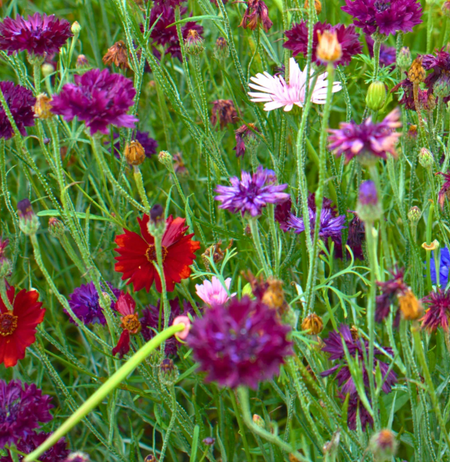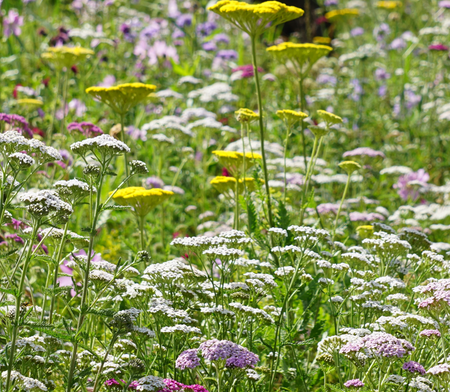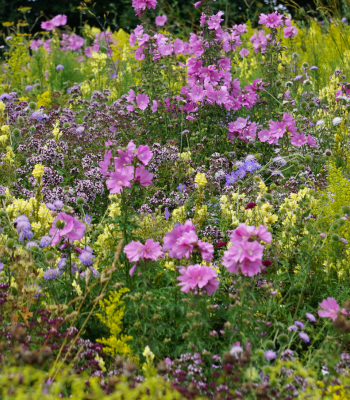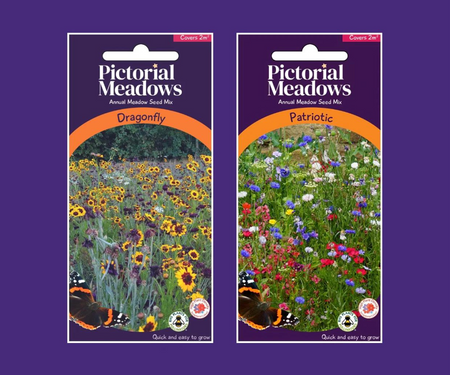Laying
To make the job easier and avoid double handling, try and get the turf pallets as close as possible to the laying area. The turf should be laid as soon as possible after delivery (recommended within 24 hours) and should not be left stacked on the pallets for more than 48 hours.
Turf must be kept moist until it is laid, and we advise watering it within 6 hours of delivery. We also recommend watering the site to be turfed just before laying. Turf tiles can be lifted individually by hand and laid on the prepared site.
If cutting is required, this can be easily done by folding back the turf and using a sharp knife with a Stanley-type blade to cut from behind, then lay back flat and pull apart. If working on a slope, the turf should be pegged to the bank using turf pegs, with a minimum of 3 pegs per turf.
On completion, the turf should be soaked through immediately after laying. Late spring and summer installation requires additional irrigation after laying, but an autumn/winter laying and during wetter periods would usually only require irrigation on the day of laying.
Maintenance and After Care
To keep your meadow healthy and looking good for years to come, it will need some intervention. The one task common to all meadow schemes is an end-of-season cut and collect. This controls weeds and woody growth and creates a fresh growth of desirable plant species. The cut can take place any time after flowering has finished and the seed has set.
A cut can be done at any time of year with various results. Cutting in spring when the plants have started to put on foliage will promote later flowering (this is known as the Chelsea Chop). This can also create a more compact meadow if the site conditions result in vigorous growth and leggy plants.
The dead stems and seed heads can look attractive in the frost and provide an excellent wildlife habitat for winter birds, small mammals and insects. A winter cut from January and before spring is the latest a meadow should be cut before the spring growth starts.
Frequently Asked Questions
How does Pictorial Meadows turf get supplied? Is it a roll?
Pictorial Meadows turf will be delivered on a pallet. It comes laid flat, not rolled. The size of each turf is 1m by 0.6m.
How do I prepare the ground for establishment?
You need to lay your turf on bare soil which has been pre-cultivated to remove any weeds or grass and has a loose, friable soil surface. Make sure you have raked the surface over so it is relatively level and water the soil well immediately before laying your turf as this really helps the roots get going.
When is the best time to order and lay Pictorial Meadows turf?
The best time to order is as soon as you know you want to secure the turf as we grow a limited amount every year and many products can quickly sell out. Your turf will then be held and grown in the fields until it is ready for lifting and you are ready for delivery. Pictorial Meadows turf can be laid at any time of the year as long as the soils are workable, but the ideal period is autumn. This is because the product is at its best and the warm/moist soil is perfect for getting good root establishment before really active growth and flowering takes off in late spring/summer. Do not lay when the ground is frozen and avoid summer laying as there is a real danger of loss unless you can sustain excellent irrigation.
Which soil is best to use for Pictorial Meadows turf?
It depends on which Pictorial Meadows turf you are buying. While most soils are fine, some mixes prefer lower nutrient, free-draining soils, whereas others prefer moist or very dry soils. If you are in a position where you are choosing soil for the site because it’s a new landscape, then always opt for a low nutrient, weed-free, sandy soil. This is because the lower fertility helps to deter the coarser weed growth in the years to come. Good drainage is also important for creating conditions that support the highest number of species.
Do I need to irrigate my Pictorial Meadows turf?
Regardless of what season you lay your turf, you should always pre-soak the ground before laying, and water the turf well immediately after laying. Most autumn, winter and early spring turf requires no follow-through irrigation, but later spring and all summer-laid turf will need good irrigation every 3-4 days if there is no natural rainfall. We recommend doing this until the roots have really penetrated into the underlying soil. Once established, no further irrigation is required.
What is the substrate made of in the Pictorial Meadows turf?
Our Pictorial Meadows turf is grown on a specially formulated weed-free compost that provides early nutrients, and an integrated biodegradable matting made from fully recycled products. The matting gives extra early support to hold the plant roots together when being lifted, transported and laid. It also offers a really helpful weed control barrier for any weed seeds remaining in your soils, as well as providing some additional water-holding capacity.
Do the turf pieces come with the meadow flowers already in bloom?
Before lifting and transporting, the meadow flowers will have been mown off but will reappear surprisingly quickly. Of course, if you are laying in the late autumn through to early spring, you won’t see anything very exciting until active growth starts around April time. You can expect a fully flowering meadow from the very first summer season.
Does Pictorial Meadows turf contain any grass?
Apart from a couple of meadow mixes which contain a select few ‘ornamental fine grasses’, none of our meadows contain grass. Lawn and most common turf grasses grow very vigorously and quickly out-compete most flowering plants, especially on normal nutrient soils, which is why we never use them in our products.
What maintenance must I do in the first year to get the best out of my newly laid Pictorial Meadows turf?
Very little at all! If it hasn’t needed to be irrigated and the preparation was good, the main thing to do is to sit back and just enjoy a year-long beautiful floral display. You’ll soon notice how quickly it starts to attract bees, butterflies and birds too! Before March the following year, you will need to give the whole meadow a cut-and-collect. If you see any invasive weeds creeping in, then the quicker you pull out or spot spray with an appropriate herbicide, the better.





